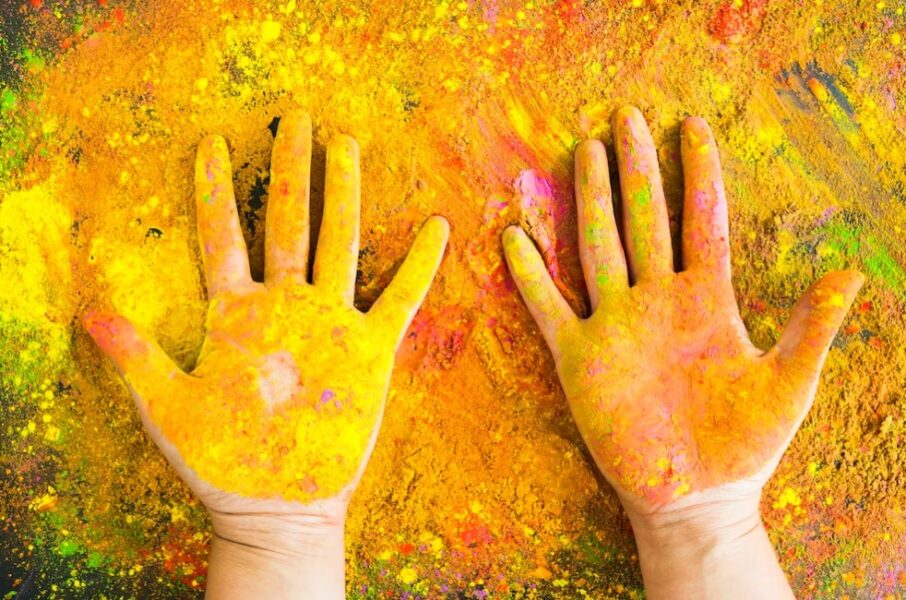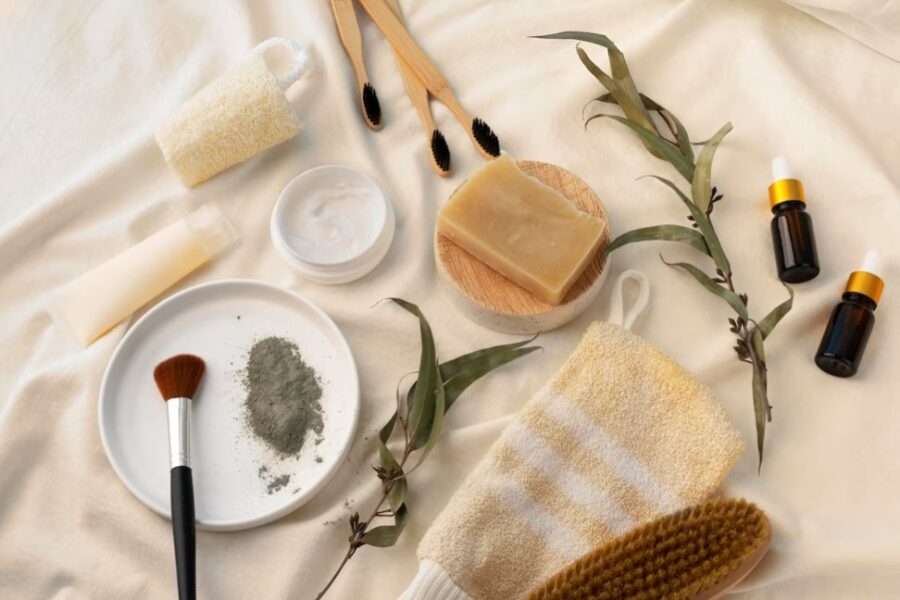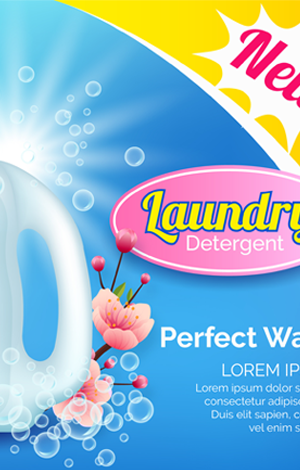
Did you know Fashion & Textile are the second most polluting industry in the world? All those vibrant colours, prints, and fabric finishes are appealing features of fashion garments, but many of these are achieved with toxic chemicals, increasing levels of textile waste, high levels of water pollution and exploitation of Human resources.
But the question lies at a much deeper level. How did the glamour industry become so toxic and polluting? And where did it all start?
When the world of fashion made us believe that we couldn't live without the latest trend in our closet. That we had to flaunt the celebrity style and the ramp walk-inspired garments. With each passing year, the population of those believers started increasing and the demand gave birth to "Fast Fashion". Which focuses on speed and low costs to deliver frequent new garments. Unfortunately, all these come at a much higher cost that is destroying the environment and our quality of life.
To tackle fast fashion, moving to "Sustainable Fashion" is a step in the right direction. The goal of which is to create a system which can be supported indefinitely in terms of human impact on the environment and social responsibility. However, the term is broad, only through transparency can we separate the brands genuinely looking to install good practices at every level of the supply chain from those just making a token gesture towards improving practices.
Other than being aware of such brands there are 6 "buyerarchy" of needs we can follow as a conscious consumers.
- Use what you have: The average lifespan of a garment is 3 years before it ends up in the landfills. With each passing year, that number is decreasing and the waste piles are increasing. Let's love clothes like our best friend. We don't give up on our best friends every 6 months. Do we? NO! (if your answer is YES, you need to brush up your judgement skills darling. Just saying!)
2. Borrow: How many of us have bought a dress for a wedding or a special occasion and never got the opportunity to wear it for the second time? So let's take an oath, next time such a situation arises, we will raid the closets of a friend, sister, brother, cousin or lover! "A friend in need is a friend indeed" And buy yourself some drinks with that money you just saved *wink*
3. Ready. Set. Swap. : A clothing swap is, in its basic form, a meeting or party where people get together to swap clothing, accessories, and the like, all for the sake of getting rid of the stuff you won’t use – and giving it a new life with someone else – and then gaining some great new stuff for yourself, too. These swaps can be co-ed or single-sex: whatever you want! And you can do this amongst friends and make it a party, or put together something bigger as a Meetup with anyone in town you might want to join in.
At a basic level, throwing a clothing swap helps save the world because it’s an opportunity for all those clothes to be given at least one more round of life & saving from the landfills. A good deed was done in itself. No need to mention it will save you money, too! Click here to get tips on hosting a successful swap party!
4. Thrift it baby! With 85% of used textiles going into landfill waste each year, giving those garments a second round of life is a smart choice. It is potentially beneficial from environmental, social & economic points of view. Either donate, sell or buy it from a thrift store. There's nothing more priceless than owning a vintage piece and thrifting is just the way to go about it. Check out RedEmpress on Insta for exclusive vintage pieces selling all over India.
5. Upcycle/Recycle: After trying out the first four if you still want something new, reuse your old clothes into making something new. Get different upcycle designs off the web as per your needs and get them stitched by a local tailor. Not only are you saving your best friend (read clothes) from the mercy of landfills but also creating a job opportunity for a local artisan. The cherry on the cake is that the end product will be one of its kind and you be the only person in the world to be wearing it.
You can also recycle old household things into different accessories, and get in touch with your next best friend - Youtube for ideas. Alternatively, find designers who already do the same and buy those collections. Click on GreenoBazaar for upcycled/recycled accessories.
6. Buy Ethical: Last but not least, do your proper research and find out ethically produced brands. Local brands/designers are always easier and safer in terms of transparency. In doing so you are also helping your city to grow economically. But first, educate yourself - What is termed ethical produce? Making sure the fabrics are either upcycled/recycled or manufactured ethically.
No matter whichever steps you are more comfortable with, just think before you go shopping next time. This is the trick to living a more conscious life. There's no need to pollute our beloved earth to look good. Help the environment and it'll double return the favour - Promise!






